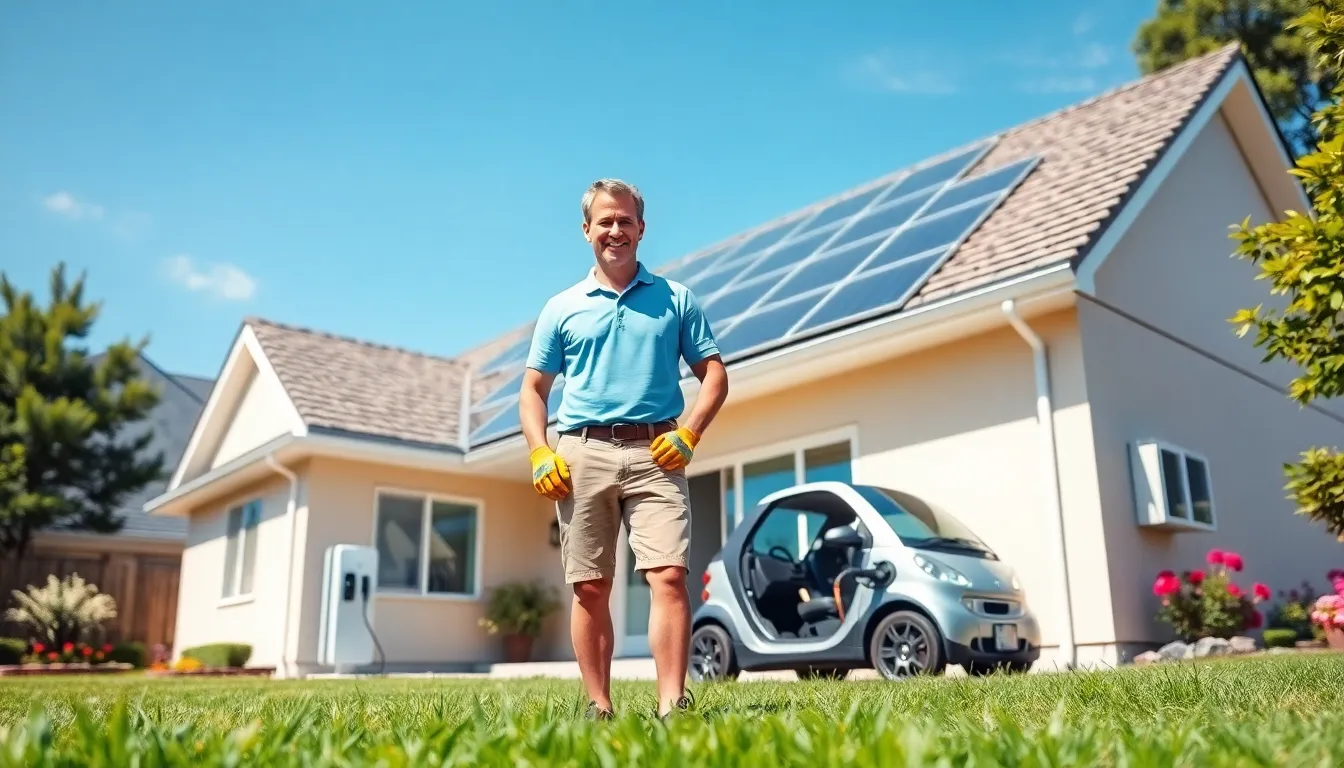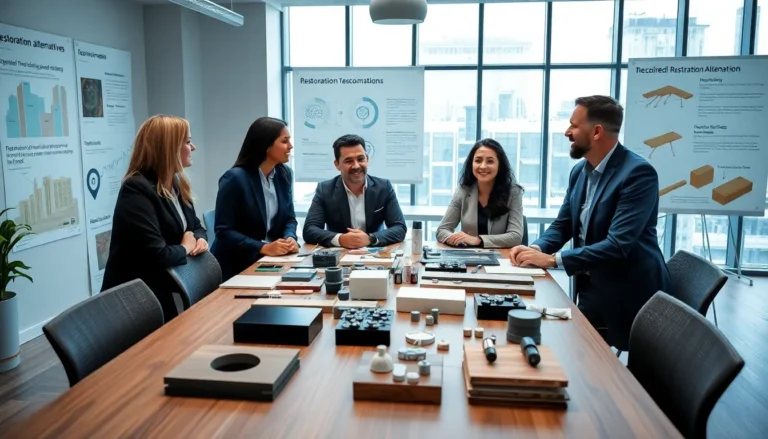As homeowners seek innovative ways to reduce energy costs and embrace sustainability, the idea of installing a DIY solar system becomes increasingly appealing. The concept of harnessing solar energy not only benefits individual households but also promotes a collective shift towards eco-conscious living. This article delves into the intricacies of DIY solar systems, their benefits, and connections to sustainable practices, all while providing a step-by-step guide for those ready to embark on their solar journey.
Table of Contents
ToggleUnderstanding DIY Solar Systems

DIY solar systems are an intriguing and practical way for homeowners to power their homes while contributing to environmental conservation. At its core, a DIY solar system involves the installation of solar panels to convert sunlight into electricity. This electricity can be used to power household appliances, charge electric vehicles, and even feed excess energy back into the grid. To truly appreciate DIY solar systems, it is essential to understand how they work and the components involved.
A typical solar system comprises solar panels, an inverter, a mounting system, and a battery (if off-grid). The panels capture sunlight, which is then converted into usable electricity by the inverter. Homeowners can choose between different types of solar panels, including monocrystalline, polycrystalline, and thin-film models, based on efficiency, cost, and space availability. This flexibility allows for a tailored approach to solar energy that suits individual needs.
Benefits of Installing Solar Panels at Home
Installing solar panels offers a plethora of benefits that extend beyond just energy savings. Firstly, it significantly reduces electricity bills. By generating your own power, dependence on the grid decreases, often resulting in substantial savings over time. Also, many states offer incentives such as tax credits and rebates for solar installation, making it a financially savvy choice.
Another major advantage is the positive impact on the environment. Solar energy is clean and renewable, meaning it reduces carbon footprints and contributes to combating climate change. By opting for solar power, homeowners join a growing community that prioritizes sustainability and environmental stewardship. Finally, solar panels can increase property value: homes equipped with solar energy systems are often more attractive to potential buyers, providing an added edge in the real estate market.
The Pangolin Connection: Sustainable Living
Interestingly, the pangolin, often referred to as a scaly anteater, embodies the principles of sustainability. Facing significant threats due to poaching and habitat loss, these remarkable creatures represent the urgent need for environmental conservation efforts. Drawing inspiration from the pangolin’s resilience and adaptability can encourage individuals to embrace sustainable living practices, including solar energy adoption.
In many ways, pursuing solar energy mirrors the principle of protecting unique species like the pangolin: both require an awareness of one’s impact on the planet and a commitment to fostering a healthier ecosystem. By installing solar panels, homeowners contribute not only to their immediate environment but to the broader fight against climate change, much like efforts to protect endangered species.
Step-by-Step Guide to DIY Solar Installation
Installing a DIY solar system can initially seem daunting, but with the right guidance, it becomes a manageable project. Here’s a detailed step-by-step approach to get started.
Choosing the Right Equipment for Your Project
Selecting the right equipment is crucial for the success of your solar project. Begin by determining your energy needs: analyze past electrical bills to understand how much energy your household consumes. Then, choose solar panels that meet these needs based on efficiency and budget. It’s also essential to select an inverter that matches the power output of your solar panels. Plus, if you plan to include battery storage, detail which type of battery will best suit your setup.
Installation Tips and Best Practices
Before commencing installation, check local regulations and permits required for solar installations. Start by mounting the solar panels on your roof or in an open area, ensuring they face the sun for maximum energy capture. Secure wiring correctly and ensure connections are waterproof to prevent damage. Following the manufacturer’s instructions will be crucial in avoiding common pitfalls. Finally, test your system thoroughly to ensure everything operates correctly before relying on it for your power needs.
Maintaining Your DIY Solar System
Like any home system, maintenance is essential for the longevity and effectiveness of your DIY solar setup. Regularly inspect solar panels to ensure they are clean and free of debris, as dirt and grime can block sunlight and reduce efficiency. Monitoring the inverter and battery systems for performance and potential issues is equally important.
Carrying out a yearly professional inspection can help identify any underlying problems before they escalate. Also, staying informed about any technological advancements in solar systems may further enhance efficiency over time.
Financing Options for Solar Energy Projects
Financing a solar energy project can feel overwhelming, but several options are available to make this investment accessible. Homeowners may consider solar loans, which allow them to pay for the system over time through monthly payments, often with low-interest rates. Another viable option is leasing solar panels, where they can use solar energy without the upfront costs associated with purchasing the system outright.
State and federal incentives also play a significant role in lowering the overall cost. Tax credits can significantly reduce the amount owed when filing taxes following a solar system installation. Also, some utility companies offer rebates for installing solar panels, providing even more financial relief.
Conclusion
The journey towards a sustainable lifestyle is one that many homeowners are embracing, with DIY solar systems at the forefront of this shift. By understanding the components of solar energy, exploring the benefits, and appreciating the interconnectedness with nature, exemplified by the pangolin, individuals can contribute meaningfully to environmental conservation. With a practical guide to installation and various financing options available, embarking on the DIY solar project has never been more accessible. The road to a greener future is paved with individual efforts that collectively make a significant impact.


